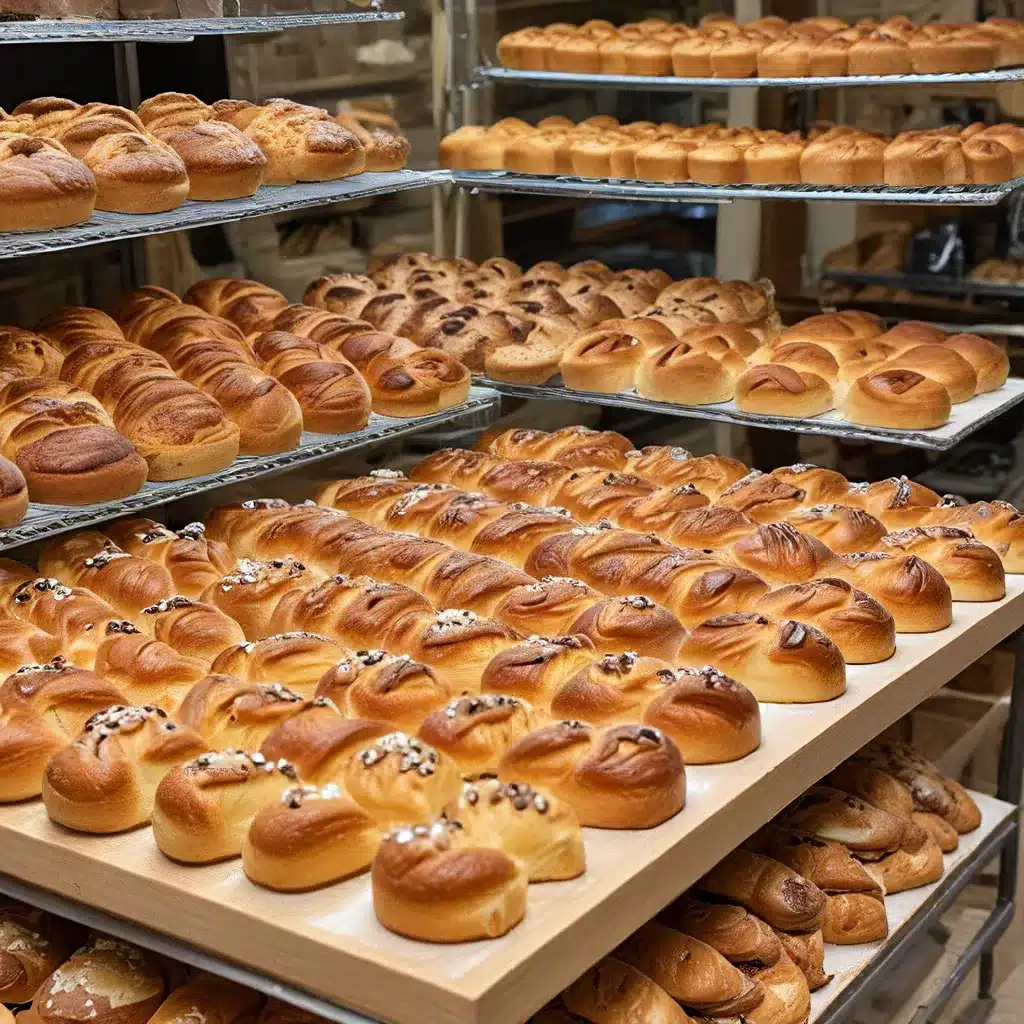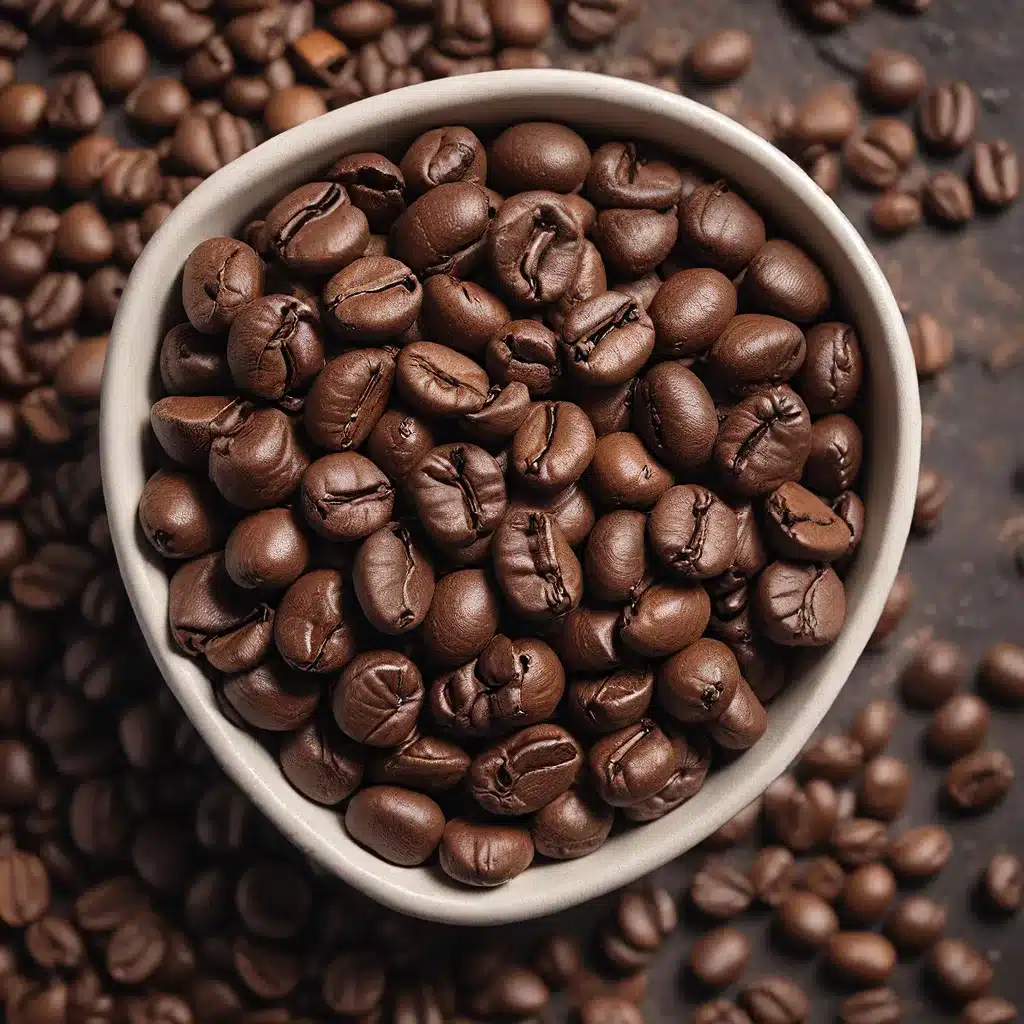
As a self-proclaimed bread enthusiast, I never thought I’d find myself immersed in the world of baking beyond my usual role as a savory chef. But sometimes, the most unexpected journeys are the ones that end up transforming us the most. It all started with a chance encounter in the kitchen, where I stumbled upon the Tangzhong technique – a Japanese method that would forever change the way I approached bread-making.
Unlocking the Secrets of Tangzhong
Picture this: I was working the night shift at a local brewery, crafting hearty dishes to complement the craft beers. Bread was a constant on our menu, serving as the canvas for our creamy salted cod brandade and the foundation for our toasted sandwiches. While baking wasn’t exactly my forte, there was a nightly ritual that always captivated me.
As the kitchen crew wound down and headed out, a true night owl of a baker would enter, ready to weave his magic. On one particular evening, I found myself drawn to his domain, covering myself in a dusting of flour as I dove headfirst into the art of bread-making.
That’s when I discovered the Tangzhong technique – a secret ingredient that would unlock a whole new world of fluffy, soft, and irresistible bread. This method involves cooking a mixture of flour and water until it transforms into a thick, paste-like roux. By incorporating this into the dough, you can dramatically enhance the texture and moisture retention of your bread.
As I learned, the Tangzhong method works its wonders by expanding the length of the gluten strands, allowing more water to be absorbed without creating a sticky mess. The result? Bread that’s not only lighter and airier but also stays fresh for longer. It was a revelation that turned my initial bread skepticism into a full-blown passion.
Mastering the Tangzhong Technique
Eager to dive deeper into this unexpected bread-making journey, I set out to master the Tangzhong method. I started with a simple dinner roll recipe, following the step-by-step process to create the magic roux.
First, I combined a small amount of bread flour and water in a saucepan, gently heating the mixture until it thickened into a smooth, creamy paste. Once cooled, I incorporated this Tangzhong into the rest of the dough ingredients – milk, butter, water, and the remaining flour.
The transformation was nothing short of mesmerizing. As the dough came together, it took on a supple, silky texture that was an absolute joy to knead. After the first rise, I divided the dough into equal pieces and nestled them into a baking pan, allowing them to double in size once more.
When those golden-brown rolls emerged from the oven, the aroma alone was enough to make my mouth water. But the true test came with the first bite. The bread was unbelievably soft, with a melt-in-your-mouth texture that defied all my previous experiences with homemade rolls. The Tangzhong had worked its magic, infusing each morsel with a delightful, pillowy-soft quality.
Expanding the Tangzhong Horizon
As I savored those warm, freshly-baked rolls, I couldn’t help but wonder: what other culinary wonders could this Tangzhong technique unleash? It wasn’t long before I started experimenting, applying the method to a variety of bread recipes.
From airy, artisanal loaves to rustic, whole-wheat creations, the Tangzhong method proved to be a versatile ally in the kitchen. I marveled at how it could enhance the texture and shelf life of any yeasted bread, regardless of its style or ingredients.
Suddenly, my perception of bread-making had shifted. What was once a daunting task had become a realm of endless possibilities. I found myself eagerly anticipating each new experiment, eager to see how the Tangzhong technique could transform my favorite recipes.
And it wasn’t just me who was captivated by this unexpected journey. As I shared my creations with colleagues and friends, the response was overwhelmingly positive. They couldn’t believe the sheer softness and delightfulness of the bread, often remarking that it tasted like something straight out of a professional bakery.
Embracing the Unexpected
The more I delved into the world of Tangzhong, the more I realized that this unexpected discovery had the power to reshape my entire baking experience. It was a testament to the idea that sometimes, the most transformative moments in life come from embracing the unknown.
Just as the hidden gems of Camp North End can only be found by wandering off the beaten path, the Tangzhong technique had revealed itself to me through a chance encounter in the kitchen. It was a reminder that true magic often lies in the unexpected, waiting to be uncovered by those with a curious spirit.
As I continue to explore the endless possibilities of this Japanese bread-making method, I can’t help but feel a deep sense of gratitude for that serendipitous moment. It has not only elevated my baking skills but has also sparked a newfound passion that has enriched my culinary journey in ways I never could have imagined.
So, if there’s one lesson I’ve learned from my Tangzhong adventure, it’s this: embrace the unexpected, for it just might lead you to the most delightful and transformative discoveries. Who knows what other hidden gems are waiting to be unearthed in the world of baking and beyond?
Unlocking the Magic of Tangzhong
Now, I’m excited to share the secrets of the Tangzhong method with all of you. It’s a technique that promises to reshape your bread-making experience, infusing your creations with a level of softness and deliciousness that will leave your taste buds utterly captivated.
At its core, the Tangzhong method is all about harnessing the power of hydration. By cooking a portion of the flour and water together, you can incorporate up to 8-10% more water into your dough without compromising its structure. This extra moisture is the key to achieving that coveted pillowy-soft texture and extended shelf life.
But the beauty of Tangzhong goes beyond just moisture. It also has the ability to enhance the rise and oven spring of your bread, resulting in an even airier and more visually appealing final product. It’s a true game-changer for any home baker or aspiring bread enthusiast.
To get started, simply take a portion of the flour and water from your chosen recipe, combine them in a saucepan, and cook them over low heat until the mixture thickens into a paste. Then, incorporate this Tangzhong roux into the rest of your dough ingredients, and let the magic unfold.
Whether you’re whipping up a batch of fluffy dinner rolls, crafting an artisanal loaf, or experimenting with whole-wheat creations, the Tangzhong method is your secret weapon for unlocking the true potential of your baking.
Embracing the Journey of Discovery
As I reflect on my Tangzhong journey, I can’t help but be reminded of the importance of embracing the unexpected in our lives. It’s the unplanned moments, the serendipitous encounters, and the willingness to step outside our comfort zones that often lead us to the most transformative and rewarding experiences.
Much like the hidden gems at Camp North End, the Tangzhong technique was a discovery that came from wandering off the beaten path, fueled by curiosity and a spirit of adventure. It’s a testament to the fact that true magic often lies in the unexpected, waiting to be uncovered by those with an open mind and a thirst for knowledge.
So, as you embark on your own culinary journey, I encourage you to embrace the unexpected. Be willing to try new techniques, explore unfamiliar ingredients, and let your sense of wonder guide you down paths you never thought you’d explore. For it is in these moments of discovery that we unlock the true potential of our passions and find ourselves forever changed.
Who knows what other hidden gems are waiting to be unearthed in the world of baking and beyond? The only way to find out is to dive in, let your curiosity lead the way, and see where the unexpected takes you. After all, the true joy of the journey lies not just in the destination, but in the serendipitous moments that shape us along the way.















